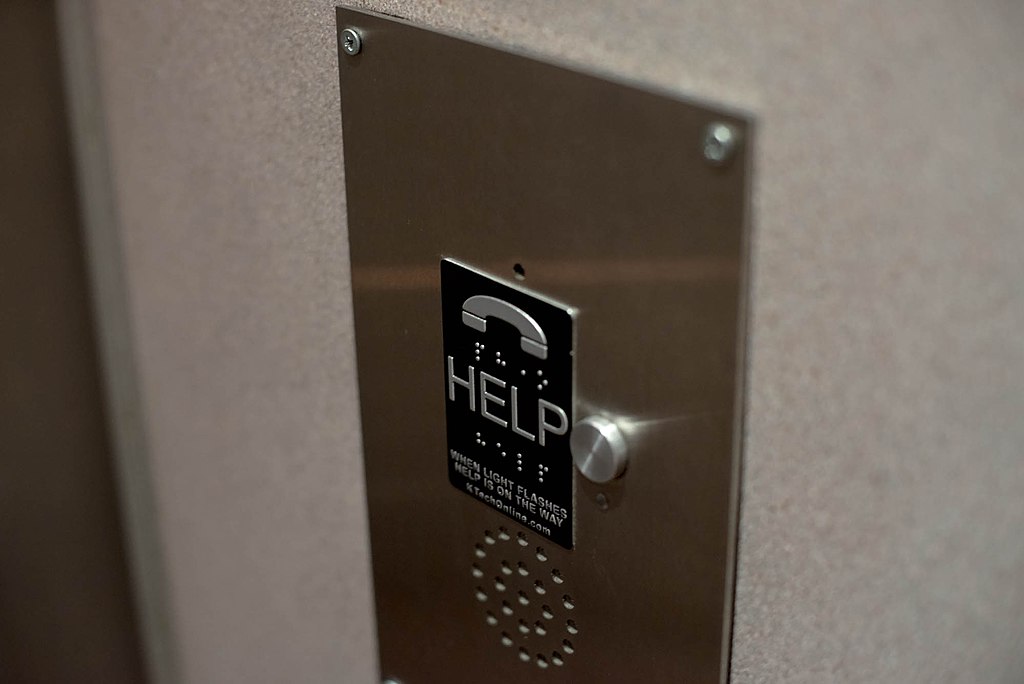Editor’s Note: This article was originally published in the Elevator Constructor journal.
For over 10 years, the International Union of Elevator Constructors has been a proud member of the Global Power Trade Unions (GPTU), an international organization of power trade workers which includes those working in the electrical trade and the conveyance industry. (In many countries outside of the U.S. and Canada, electrical workers perform conveyance work.) The GPTU includes more than a dozen labor unions hailing from all around the globe—Australia, Ireland, Sweden, Denmark, Finland, Switzerland, the U.S., and Canada—to name just of few of the participating countries.
The IUEC’s participation came about in 2011 and has grown and evolved ever since. The GPTU holds meetings annually to collaborate as a global union brotherhood/sisterhood to combat the challenges organized labor faces—challenges that know no borders.
This year the IUEC served as the host union for the GPTU’s annual conference, which was held in Vancouver, British Columbia, from June 26-28. The IUEC also hosted the conference in 2016 in Chicago. The conference has also been held in previous years in previous years in Australia, Ireland, Denmark, and Iceland. With the beautiful city of Vancouver as a backdrop, and the hospitality of Local 82, led by Business Manager Mike Funk, the event was set for success from the start, and a success it was.
The conference, with about 40 international delegates in attendance, was organized by the four board members of the GPTU—our own IUEC General President Frank Christensen, Danish Union of Electricians General Secretary Jørgen Juul Rasmussen, Electrical Trades Union (ETU) of Australia National Secretary Allen Hicks, and Connect Trade Union (Ireland) General Secretary Paddy Kavanagh.
The meeting began with a warm welcome from President Christensen, who thanked Brother Funk and Local 82 for their support. He noted that he hoped the meeting would give everyone an understanding of what each trade does and the importance of working together. “You think you are doing things so well and then you go to another country and realize they are doing some things better,” he said. “We can all learn from each other.”
Chairperson Rassmussen also greeted the attendees, noting many things the unions all have in common – and pointing out that it’s the elevator industry that is the truly global industry because most construction companies are domestic, but elevator companies are international. The commonalities among the trades and the international unions that Brother Rasmussen highlighted were safety and health concerns, organizing, inequality and inclusion, and the climate crisis.
A major highlight of the conference was the remarks of special guest Carla Qualtrough, Canada’s Minister of Employment, Workforce Development, and Disability Inclusion. Minister Qualtrough spoke at length about the need to get more people interested in a career in the skilled trades. “Economic growth and near record-low unemployment in Canada have created a worker shortage,” she said. “Demographic shifts and high retirement rates fueling the demand and an ever-growing need to recruit and retrain hundreds of thousands more Canadians into the skilled trades is probably our biggest threat to economic success in Canada.”
Minister Qualtrough added that BuildForce Canada, a national, industry-led organization that provides information and resources to the construction industry, estimates that Canada needs to recruit about 300,000 new workers into the construction industry. She noted that the average age for entrance into the skilled trades in Canada is 26 years old, and only 1 in 15 high school students plan to pursue a career in the skilled trades – which isn’t enough to fill the worker shortage. In response to this, the Canadian government has been aggressive in its investment—nearly $1 billion—in apprenticeship support through grants, loans, and tax credits; helping communities explore and prepare for careers in the skilled trades; and creating awareness of skilled trades jobs. One creative initiative of note is a labor mobility deduction whereby Canadians can claim up to $4,000 per year in work-related travel and relocation expenses.
Minister Qualtrough’s office also oversees inclusivity and diversity initiatives, so she spoke in detail about the importance of ensuring that all who want to work are represented in the labor market. She said that only about 59% of people with disabilities are employed, as compared to 80% of those without a disability, and that tapping into this market could be an opportunity to address the labor shortage. Other groups who are underrepresented in the labor market include women, indigenous people, the LGBTQIA+ community, and BIPOC. “Our role as a government is to create an environment so that everyone who wants to work has a chance to work,” she said. “We need all hands on deck to have economic prosperity.”
Minister Qualtrough closed her remarks by noting the importance of training and the Canadian government’s efforts to provide holistic training opportunities that, in addition to trade training, include human skills training such as writing, reading, communications, problem solving, and adaptability. These are the skills that help people show up to work with confidence. “The government of Canada recognizes and respects the role unions play in addressing labor shortages and the need to establish a trained highly-skilled workforce,” she stated. “We need you!”
ETU National Secretary Allen Hicks spoke to the attendees about licensing, specifically as it relates to Australia’s expected labor shortage. “It’s incredibly important for us to make sure that if we are going to have people come from overseas to work in Australia, they need to be able to demonstrate that they can comply and meet the standards that we’ve established,” he said.
This issue facing Australia is not unlike labor shortage issues in other countries, but Brother Hicks was able to provide a glimpse into Australia’s licensing procedure. In Australia, there is a governing body called Trades Recognition Australia (TRA) that reviews foreign workers’ credentials, training, and work experience. Brother Hicks impressed upon the conference the importance of workers gaining their licensing through TRA before arriving to Australia to work.
Connect Trade Union (Ireland) General Secretary Paddy Kavanagh spoke about the power of joining forces and collaborating on things like licensing, marketing strategies, and codes. He used the example of Connect working with the ETU of Australia and the Australian embassy to offer Australian license training in Dublin, so that Irish electrical workers could arrive in Australia ready for work. Brother Kavanagh believes that the labor force is going to become much more international, so it will be important for qualifications to be standardized. However, he did say that it is important that the standardization of qualifications means that those with lower qualification standards must raise their standards to meet a higher level, rather than standards being lowered to meet others. He added that having a sort of International license would be helpful for unions and contractors to ensure foreign workers are indeed qualified for the job. “The safety issue alone is massive,” he said.
As it relates to codes, Brother Kavanagh stated that in Ireland, labor is outnumbered on code boards by about 12-1 – so they are often outvoted. He suggested that it would be helpful if the GPTU worked to share code ideas.
Many IUEC officers also addressed the conference providing information on the IUEC’s initiatives and programs—Elevator Industry Work Preservation Fund Director Allen Spears, National Elevator Industry Educational Program (NEIEP) Director Dave Morgan, Canadian Elevator Industry Educational Program (CEIEP) Director Dan Vinette, Director of Organizing Pat McGarvey, Assistant Director of Safety Jim Chapman, Regional Director Rusty Gilbert, and Regional Director Kevin McGettigan. The attendees were also inspired by motivating remarks by friend of the IUEC, Retired Navy Seal J.J. Parma.
The conference closed with the attendees eager to reconvene next year. Together the attendees addressed many pressing world issues, such as climate change, the labor shortage, and even the war in Ukraine, and the impact these global concerns will have on the power trades. The solid partnership forged by the participating unions of the GPTU will prepare organized labor for the future, and empower working men and women through strength in numbers. There is much to be done, and these labor leaders are ready to roll up their sleeves and get to work for the benefit of all.


























